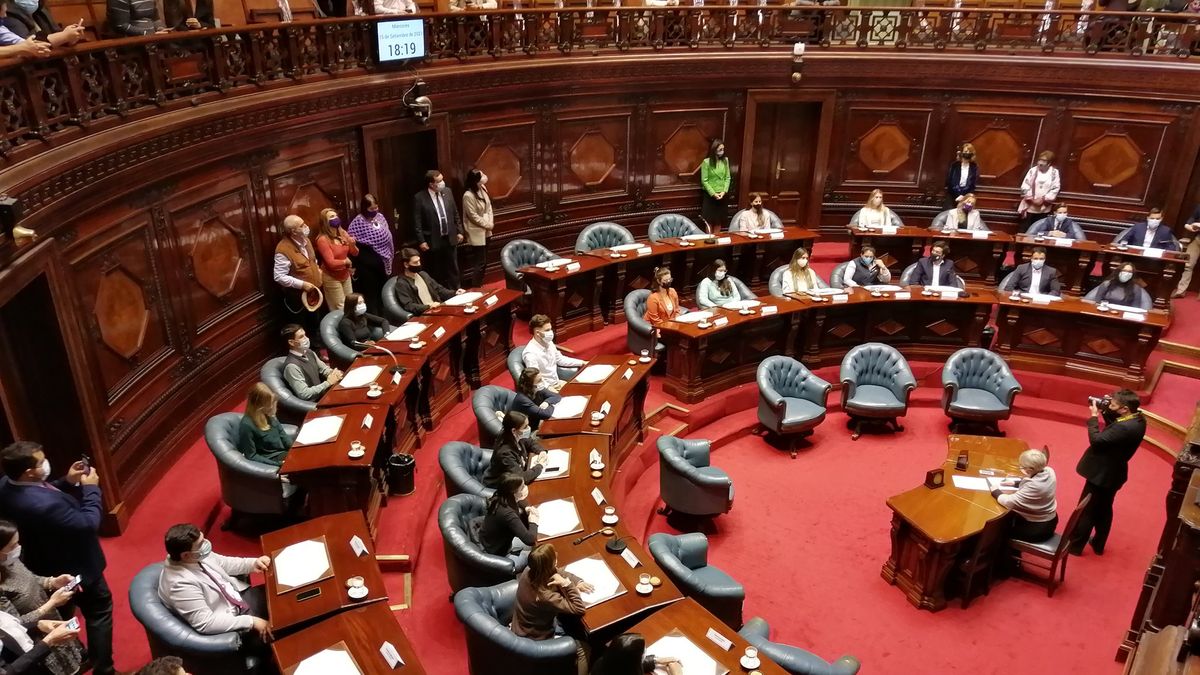According to an IARAF report, the fall is due to the deterioration of tax collection as a percentage of GDP. Extraordinary withholdings and advances of 2022 Profits explain the scenario.
The effective tax pressure between last January and May was the lowest in the last 21 years. The data may seem encouraging for companies and taxpayers, because it would mean that the weight of taxes on economic activity in general was reduced. But it’s not like that: It is due to the strong drop in collection due to withholdings on exports since this year the Government lost part of the income from the Income Tax, which it anticipated for 2022 in an extraordinary way in order to meet the annual goal of the agreement with the International Monetary Fund (IMF).
The content you want to access is exclusive to subscribers.
According to a report from Argentine Institute of Fiscal Analysis (IARAF), In the first five months of this year, revenue from the Treasury represented 7.2% of GDP. You have to go back to 2003 to find a lower mark (that year it was 6.8% of GDP). According to the historical series, the average for this period of the year is 8.8%. The highest point was in 2013, with 9.9%.


It should be noted that one thing is the effective tax pressure, which is measured as a percentage of tax collection with respect to the Gross Domestic Product, and another is the legal tax pressure, which is determined by the laws, assuming that tax evasion is zero. Most of the comparative studies indicate that the tax burden in Argentina in annual terms is close to 30% including provincial taxes and municipal taxes and is similar to that of many OECD countries. But for the national and subnational treasury to pool that amount of resources, the legal pressure is among the highest levels -close to 45%-, very similar to that of Italy.
One of the reasons for the drop in tax collection is foreign trade affected by the drought. There’s a collapse of withholdings on exports this year of the order of 75% real. Between January and May the contribution of withholdings falls half a point of GDP while that of imports does so by 0.05% of GDP. The IARAF indicates that taxes on foreign trade register the worst performance since 2003.
The other weak point of the 2023 collection is the Income Tax. This is due to the fact that last year the Ministry of Economy decided to add 3 extraordinary advances of the tax that totaled $230,000 million, equivalent to 0.28 points of GDP in 2022. This year the same amount of money represents 0.13% of GDP. The difference is an accounting return obtained by the Treasury for collecting pesos in advance that were later devalued. “In the accumulated to the month of May, the collection of Income Tax in terms of GDP decreases 0.16 percentage points of GDP compared to the same period of 2022”, indicates the IARAF. The report adds that “practically the entire drop in income tax collection during the year would be explained by the use of extra advances in the sworn statements of earnings for this year.”
Regarding the legal tax burden, a report from the Mediterranean Foundation in January 2022 made a comparison on an average family in Argentina, Chile, the United States, Australia, Brazil, Spain and Italy. The largest is in Brazil, where taxes mean 50.6% of family income. Second place is shared by Italy and Argentina, with taxes taking 48% of annual family income.
Source: Ambito




